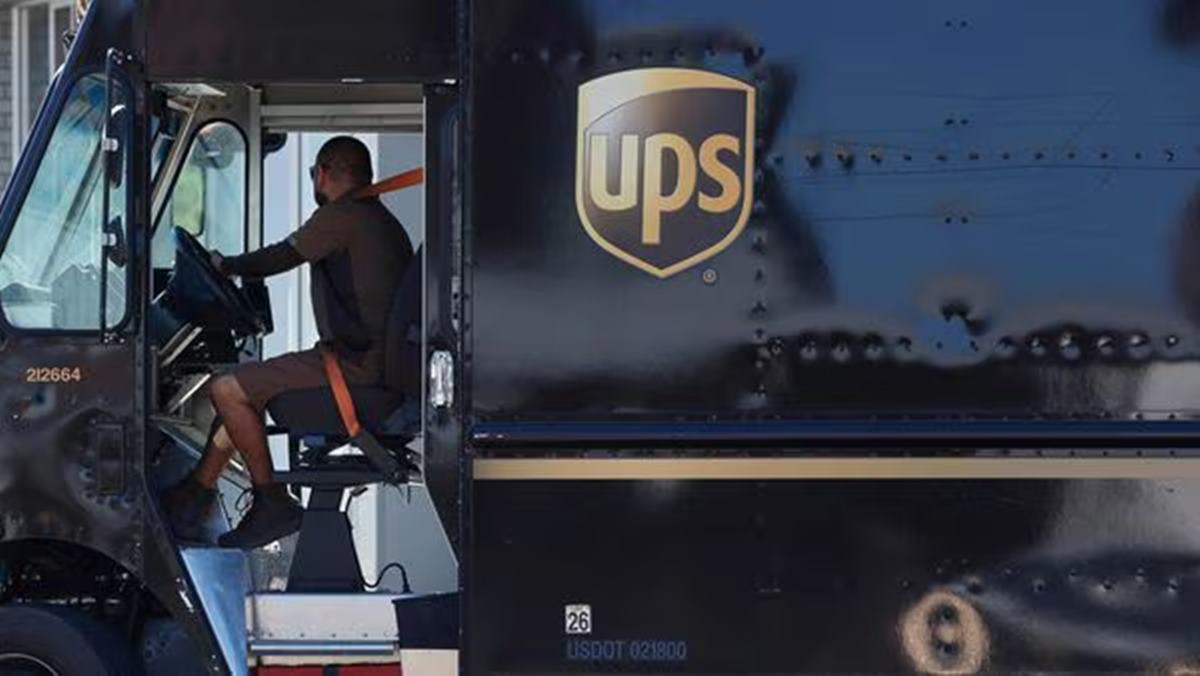Atlanta-based logistics giant UPS said on Tuesday it has cut 48,000 jobs since last year in a sweeping restructuring effort to boost profits and regain investor confidence.
The delivery major, which employed nearly half a million people at the start of 2024, confirmed it eliminated 34,000 positions this year across its US driver and warehouse workforce. It also began slashing another 14,000 management roles last year.
The announcement came alongside better-than-expected third-quarter earnings, sending UPS shares soaring over 7% in afternoon trading.
“We are executing the most significant strategic shift in our company’s history, and the changes we are implementing are designed to deliver long-term value for all stakeholders,” — Carol Tomé, UPS Chief Executive Officer.
Why is UPS cutting so many jobs?
UPS has faced persistent pressure from investors after its stock lagged behind the broader market in recent years. The company’s leadership has embarked on a large-scale efficiency overhaul, tightening operations and scaling back unprofitable business lines, including its delivery partnership with Amazon.
UPS said deliveries for Amazon were down 21% year-on-year in the third quarter as it prioritised higher-margin business.
“Revenue per package in the United States grew 10% in the third quarter from a year earlier,” Ms Tomé told analysts.
How is the company performing financially?
Despite the massive job cuts, UPS’s net income fell to $1.3 billion in the third quarter, compared to $1.5 billion a year earlier. Revenue also declined to $21.4 billion from $22.2 billion.
However, adjusted earnings per share reached $1.74, beating analyst expectations.
The restructuring appears to have impressed Wall Street — at least temporarily — with shares rising sharply on Tuesday. Still, UPS’s stock remains down nearly 25% this year, compared with a 17% gain for the S&P 500 index.
How have tariffs and global trade shifts affected UPS?
UPS’s international business has also taken a hit from new tariffs imposed by President Trump’s administration earlier this year.
The volume of parcels shipped to the United States from China fell almost 30% in the third quarter, according to the company.
Customs data shows shipments valued under $800 — once exempt from tariffs — have plunged from 4 million packages per day to around 1 million after Trump closed the so-called “de minimis” loophole in May.
What about union reaction?
The Teamsters union, representing many UPS workers, had earlier warned that it would oppose any layoffs that violated the company’s labour contract.
On Tuesday, Ms Tomé insisted UPS was acting lawfully:
“UPS was in compliance with the terms of our contract,” she said.
The job cuts have reignited debate over labour protections and automation in the logistics industry, particularly as rivals like FedEx also face cost pressures amid slowing global trade.
What’s next for UPS?
As UPS tightens operations and adapts to a post-pandemic delivery economy, analysts say the company’s turnaround depends on balancing cost-cutting with service reliability.
With e-commerce slowing and trade barriers rising, UPS’s largest restructuring in its 117-year history marks a pivotal moment for both the company and its workforce.



















